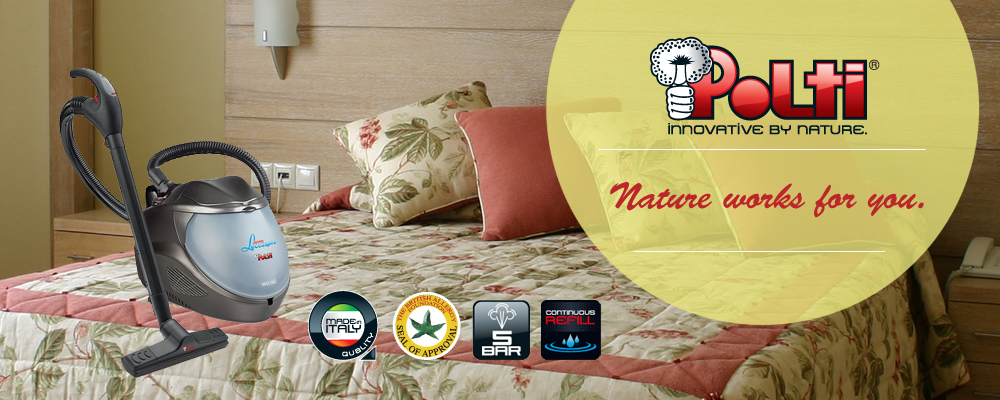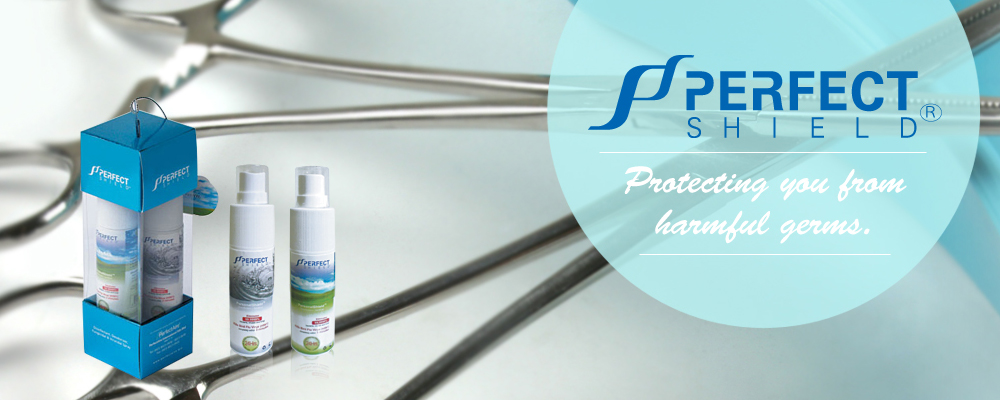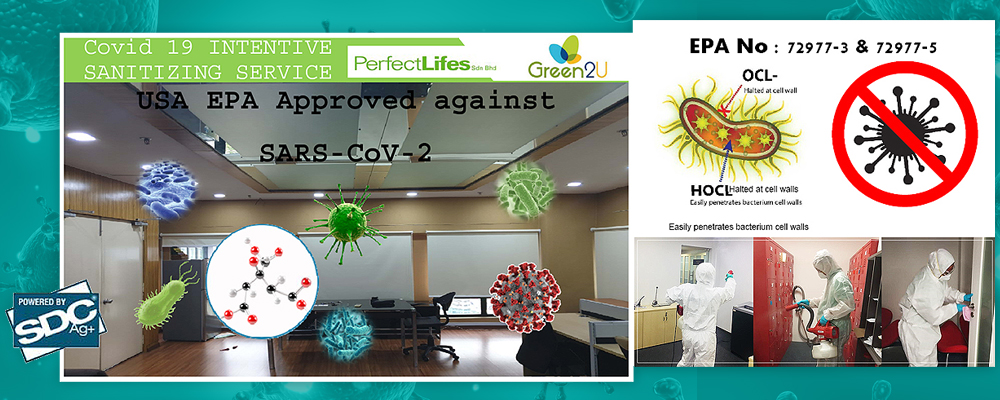Certified Service for Decontamination
Certified Rectification and Resolution for Decontamination, Mould, Fungus and Damp Smell (FDA, SGS, EPA, TUV, UL standard)
Living in a tropical country, you’ve probably seen mould growing in your bathroom ceiling or other wet surfaces in the house, office, factory or even entertainment centres. Not only does it look unpleasant, but some types of mould can also be dangerous to our health. Inhaling too much of it can cause harm to your respiratory system. What you should do if you discover mould in your house.
What is Mould?

What is the meaning of mould? Well, mould is part of a group of common organisms called fungi. It comes in many forms but is typically green, grey or black. Mould spores generate in moist, damp, humid conditions and live off the proteins from timber, leather, ceilings and walls.
The spores tend to germinate in the sub-floor area and evaporate up into homes where there is high moisture content. Mould thrives in damp, dark areas. That’s why you can often find it in cupboards, behind furniture and on the underside of dresser drawers.
The most common types of mould found at home are aspergillus, cladosporium and stachybotrys atra (also commonly known as the toxic black mould). The Aspergillus is one of the most common species and they’re usually found on food or in the air conditioning system. As for clasdoporium, they usually in green or black and they grow in areas like the back of the toilets, painted surfaces and air ducts. While these mould do not pose any harm to human’s health, they can cause allergy such as rashes and sore throat.
Last on the list is the toxic black mould and as suggested by its name, long exposure of the stachybotrys atra can pose a serious health problem like chronic coughing, rashes, sneezing, irritation and headaches. This type of mould feeds on organic matter like drywall, carpet and floorings that have been exposed to moisture.
What is Mildew?

Mildew, unlike mould, is commonly gray and white in colour. It’s also a type of fungus, but you often find it in powdery form. Mildew thrives in places where moisture levels are high like the bathrooms and kitchens and they can grow on wet materials like paper and fabrics. You can tell if your house or office is infested by mildew by the smell of it. It usually gives off a musty odour.
What’s the Difference between Mould and Mildew?
You’ve probably heard of these two terms before or even use it interchangeably. That’s because both mould and mildew share similar characteristics. They both like living in wet and warm areas – they thrive in these conditions – and they can grow in many surfaces like bathroom ceiling, wardrobe, food and paper.
However similar they may seem, they are, in fact, two totally different kind of fungi.
Mould is a type of fungus that usually appear in black or green colour and can live on any organic matter including clothing, ceiling, walls and floors. Mildew is white or gray in colour. You can find them in places where moisture levels are high, such as bathroom walls, shower screens and window sills.
Is Mould Bad for You?
Yes, having mould in your house is dangerous because you can develop respiratory problems like infections, allergies or asthma. Breathing in, in the long run, can also potentially affect your body’s immune system. But how does it affect your health? So the thing about mould is that they produce allergens, irritants and some species give out toxic substances. Inhaling these spores can cause allergic reactions like runny nose, skin rash or worst, asthma attacks.
Treatment of Mould
Mould is indicated by the presence of a ‘musty’ smell, stains and ‘fluffy’ or powdery growths on susceptible materials. Mould’s presence can be confirmed by either microscopic examination of the colony and/or culturing of the fungus under controlled conditions.
Initial steps in the treatment of mould (Guild and MacDonald 2004) include:
- protection of people;
- isolation of artefacts;
- deactivation of the mould by either air-drying or freezing; and
- cleaning of artefacts.
Poor Ventilation
Most of the buildings in which people spend the majority of their time are tightly sealed and insulated to keep out unconditioned outdoor air. Furthermore, most ventilation systems are designed to bring in very little outdoor air and instead recirculate the indoor air that has already been heated or cooled. While this strategy is effective for minimizing energy costs, it can have a negative impact on indoor air quality.

Carbon dioxide builds up in the atmosphere and causes Earth's temperature to rise, much like a blanket traps in heat. This extra trapped heat disrupts many of the interconnected systems in our environment. Climate change might also affect human health by making our air less healthy to breathe.
It is measured in ppm (parts per million) or µg/m3. Indoor CO2 levels are generally higher than outdoor levels due to CO2 exhaled by occupants. It should be noted that there can be harmful impacts when concentrations are higher than about 1000 ppm such as health risks and reduced work efficiency.
To ensure the health and comfort of people present in institutions – in companies as in schools – there are several ways to analyze the rate of CO2 :
- Air the rooms: it is recommended to open the windows and the doors regularly to reduce the effects of confinement.
- Have a good ventilation: an efficient ventilation system is recommended to ensure a good air renewal.
- Controlling pollution sources: there are many sources of pollution and it is important to limit them. It is essential to choose the furniture carefully, to use “healthy” cleaning products or to isolate the photocopiers etc. More information here.
- Take measurements using air quality sensors: these sensors measure the carbon dioxide (CO2) and other pollutants levels in the room to take the right decisions and apply adapted corrective measures.
Indoor Air Quality (IAQ) Testing
We offer prompt reactive services to building engineers, owners and managers to quickly identify and resolve indoor environmental issues. Our healthy building services include heating, ventilation and air conditioning system (HVAC) inspections, Legionella testing, mould and moisture inspections, post food inspections, mould clearance inspections, post remediation inspections, focused air quality inspections, and odour inspections.
Sustainability Services for Healthy Buildings
Comprehensive solutions to support building owners and stakeholders pursuing a healthier sustainable indoor environment with building sustainability certifications.
As per Centers for Disease Control and Prevention or also known as CDC, you may want to either clean more frequently or choose to disinfect (in addition to cleaning) in shared spaces if certain conditions apply that can increase the risk of infection from touching surfaces:
Our high-end sensors enable you to measure the impact of your office environment on your employees and develop strategies to optimize their health and productivity.
- Temperature and Humidity
- Carbon Monoxide (CO)
- Carbon Dioxide (CO 2 )
- Nitric Oxide and Nitrogen Dioxide (NO x )
- Particulate Matter (PM 10 and PM 2.5 )
- Sulphur Dioxide (SO 2 )
- Ozone (O 3 )
- Ammonia (NH 3 )
- Volatile Organic Compounds (VOCs)
Act today, to protect both your employees as well as your profits.










